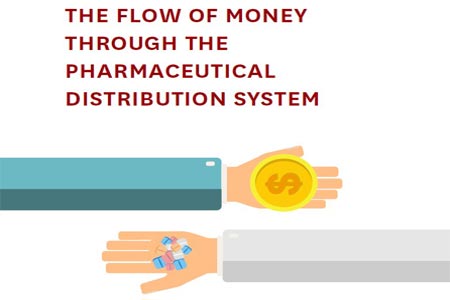Prescription drugs sold in retail pharmacies accounted for almost $325 billion or 10% of total healthcare costs in 2015, up 9% from 2014. Such dramatic growth has prompted calls for government intervention to regulate drug prices or otherwise control their rapid increase.
But any intervention should be predicated on a clear understanding of the economic forces that drive price increases, and the parties responsible for them. Much attention has focused on the average wholesale or “list” price set by manufacturers prior to discounts. These prices have been increasing — the average list price of branded drugs rose 12.4% in 2015, and has increased 10% or more annually since 2012. Yet list prices rarely represent what manufacturers are paid for drugs, as they are routinely discounted and rebates paid to various parties in the distribution system.
For more details, download White Paper here:

